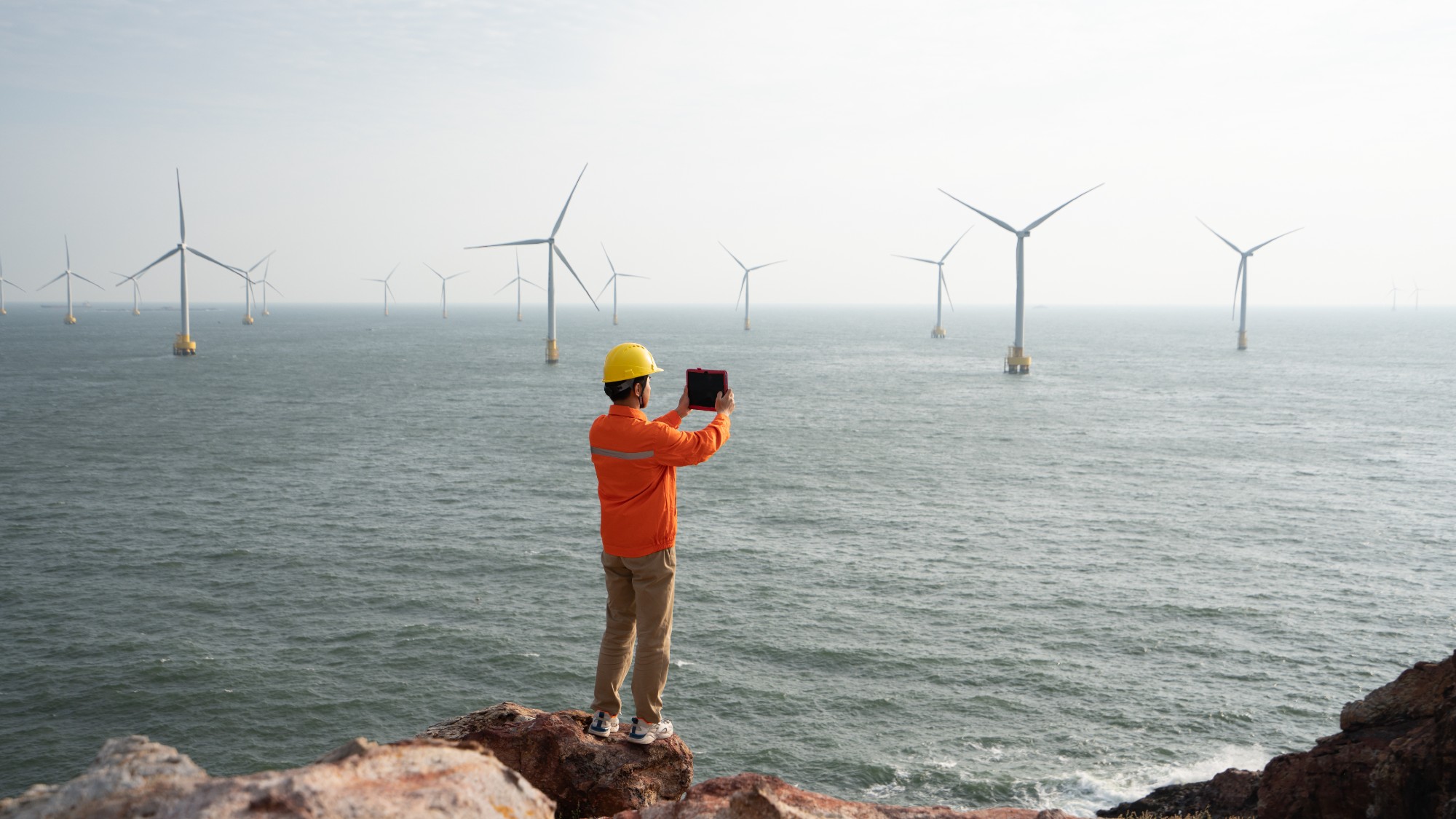Super-fast computers... made by bacteria?
Scientists think they can mimic the processes of a bacterium that converts iron into powerful atom-sized magnets, which could be used for machine parts

The bacterium Magnetospirillum magneticum can typically be found in ponds or lakes, just below the water's surface. Magnetospirillum isn't just your ordinary microbe, though. It possesses a strange and unique ability, one that scientists think may allow us to build faster and more powerful computers in the near future: The tiny creature regularly creates powerful nanoscale magnets that humans otherwise wouldn't be able to build. Here's what you should know:
What do the bacteria do, exactly?
They typically spend their time in "shallow pools of water" looking for "oxygen levels they prefer," says Jesse Emspak at Discovery News. To find areas with higher concentrations of life-giving oxygen, the bacteria "eat" iron particles found in water and use a special protein to transform them into magnetite, "one of the most highly magnetic natural materials" on the planet. Magnetospirillum then use these magnets like compasses to "align with Earth's magnetic field and orient themselves" toward where oxygen is most plentiful.
The Week
Escape your echo chamber. Get the facts behind the news, plus analysis from multiple perspectives.

Sign up for The Week's Free Newsletters
From our morning news briefing to a weekly Good News Newsletter, get the best of The Week delivered directly to your inbox.
From our morning news briefing to a weekly Good News Newsletter, get the best of The Week delivered directly to your inbox.
And we can use Magnetospirillum to build better computers?
That's what researchers from the University of Leeds and the University of Tokyo think. "We are quickly reaching the limits of traditional electronic manufacturing as computer components get smaller," lead researcher Sarah Staniland at the University of Leeds tells BBC News. "The machines we've traditionally used to build them are clumsy on such small scales." Copying the technique of the bacteria, researchers can now produce magnets on the atomic level, which can then be used to create things like more powerful hard drives.
How do scientists do that?
They've isolated the special magnet-producing protein "and studied the way these microbes gather, shape, and position these supersmall magnets inside their bodies in order to re-create the phenomenon outside of the bacteria," says RedOrbit. Now scientists can produce the same nanomagnets on cue. "Using the method developed here at Leeds, the proteins do all the hard work; they gather the iron, create the most magnetic compound, and arrange it into regularly-sized cubes," says researcher Johanna Galloway, the doctoral candidate who developed the process.
A free daily email with the biggest news stories of the day – and the best features from TheWeek.com
That's all it takes?
Not quite. The next step is to create tiny electrical wires to connect the magnets together, creating ultra-tiny electronic parts. Researcher Masayoshi Tanaka of Tokyo University has developed a technique that uses a different protein to mold these nanowires together. "It is possible to tune these biological wires to have a particular electrical resistance," says Tanaka. "In the future, they could be grown connected to other components as part of an entirely biological computer." The findings are published in the journal Small.
Sources: BBC News, Discovery News, Futurity, RedOrbit
-
 US citizens are carrying passports amid ICE fears
US citizens are carrying passports amid ICE fearsThe Explainer ‘You do what you have to do to avoid problems,’ one person told The Guardian
-
 All roads to Ukraine-Russia peace run through Donetsk
All roads to Ukraine-Russia peace run through DonetskIN THE SPOTLIGHT Volodymyr Zelenskyy is floating a major concession on one of the thorniest issues in the complex negotiations between Ukraine and Russia
-
 Why is Trump killing off clean energy?
Why is Trump killing off clean energy?Today's Big Question The president halts offshore wind farm construction